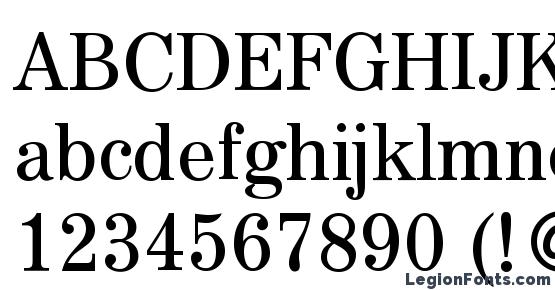

This classic typeface is best for body text-a relatively faithful, organic book typeface strongly rooted in tradition The gentle curves of the serifs help naturally guide the eyes from one letter to the next, and from word to word, and this is evident even more in the iconic italic styles. Since then, it has become a favorite of typographers, authors, and graphic designers alike for its smooth texture and pleasant serifs. Graphic designers turn to Futura for an aesthetic that looks strong, innovative, and orderly.Ī new take on the classical Roman font, it was designed in the early 1960s to be better fit for Linotype casting machines.

With the font family including 22 different versions, it remains a versatile typeface suitable for many different situations. The font is extremely widespread in film and video making industries.ĭue to its ability to be captured and recognized quickly, transport is the other area of its use, for example, Mercedes-Benz panel graphics and Boeing airliners’ cockpit controls exploit the font. World-famous brands, such as Nike, Supreme, Gillette, PayPal, Red Bull, and many others use Futura font versions in their logotypes. Some designers dislike the font, but for many, it became an integral part of their graphic design experience. You can use Futura to achieve the maximum in a limited space: logos, slogans, corporate typefaces, and books with a need for a small text.īased on geometric shapes, such as circles, triangles, and squares, Futura helps the text to look perfect.įutura was named "the typeface of today and tomorrow" due to its spirit of modernity. Its look, and its name, earned it the right to be a striking futuristic typeface back then, and it has since been adopted globally as a timeless blend of modern design and tasteful forms.

Helvetica is widely used by graphic designers for print work and signage, because of its high legibility and easily recognizable look.ĭesigned in 1927 by Paul Renner, the original drawings were based on classic geometric forms like circles, triangles, and squares. The collection includes 34 variations to suit all your needs, from more condensed versions to more rounded.īeing one of the most prolific font styles in modern-day typography, it can be seen as the foundation of many brand logos, including: Jeep, Panasonic, Microsoft, Lufthansa, American Apparel, Nestlé, and many more. The clarity and neutrality of this font made public and governmental institutions rely on it in their documents and signage, e.g. It has always been a ubiquitous and versatile font because of its numerous weights, widths, and sizes. Originally designed in Switzerland, the Helvetica typeface has a long history of adoption and evolution, with over 50 years of use and a quick rise to become the most popular sans serif in the world. Mike Parker, typographer, type designer, consultant, and historian was the creator of Helvetica font as we know it today.


 0 kommentar(er)
0 kommentar(er)
